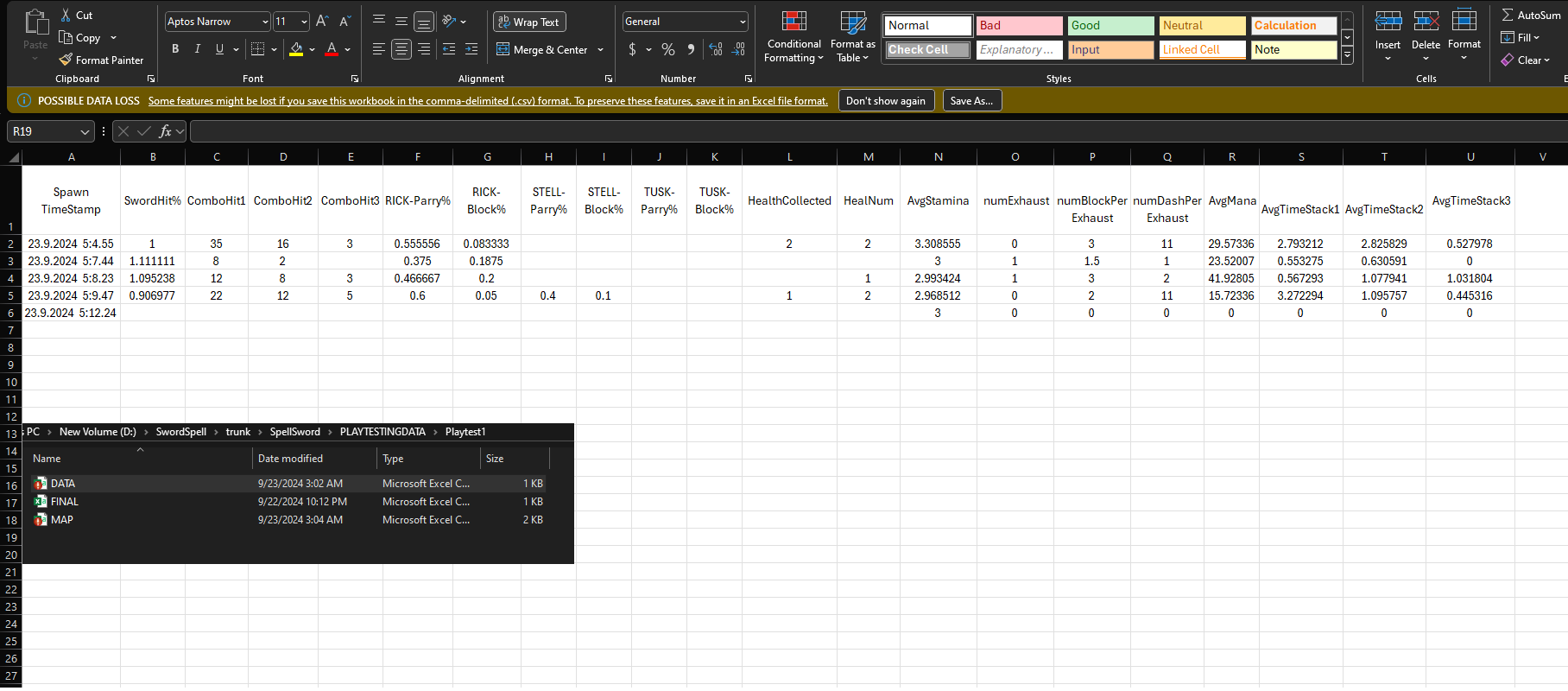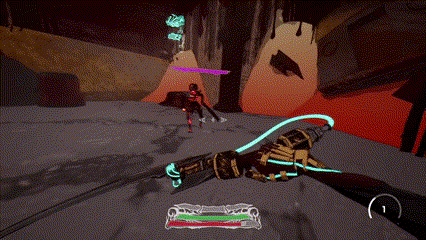
High Concept
After a lethal encounter with a strong foe, you wake covered in sand and fused with mysterious nanomachines that resuscitate you in this desolate post-apocalyptic landscape. Swarms of nanomachine possessed robots roam the land and now you must pick up your sword once more to survive and take down your greatest foe.
Developement Time
8 months Resuming in Fall 2024
Genre
First person melee Dungeon Crawler
Platform
PC
Team size
17
Engine
Unreal 5
Role
Tools Programmer / Technical Designer
Contributions
Created multiple tools including: Telemetry models, Heatmapping systems , and Debug menus. This overall allowed for quick prototyping and balancing.
Collaborated with the Combat Systems team with design and implementation
Created an system for interacting with certain items.
Worked with UX/UI designers to implement and help with the overall feel of the game
The heatmap functionality provides in-depth playtesting data that aids in refining both level design and combat encounters. Our goal is to tell the game’s story through the environment, and the heatmapping system contributes to this by including a camera view feature. This allows the team to see through the player’s perspective at key moments, helping designers understand where players are looking in specific rooms and optimizing the placement of important story elements.
This is a sample showcase of the game's combat, which is still in development. Creating systems like the parry and magic mechanics has been a rewarding challenge, as well as designing a first-person melee combat experience that feels satisfying and complete. Our goal is to capture the same sense of risk and reward found in souls-like games, delivering an engaging and balanced combat system.
The debug menu is intended to streamline the balancing of game mechanics such as sword combat, resource management, and parry systems, making the process faster and more efficient. It also integrates a heatmap feature, enhancing its functionality as a comprehensive tool for testing and refinement.
This is an example output of the telemetry model I developed for the game. It automatically organizes data, creating its own folder structure for storage. The data generated by the telemetry model is crucial for evaluating the stability of mechanics and understanding player experiences. Conducting playtesting sessions and collecting this data (with permission) has been an integral part of the development process.


